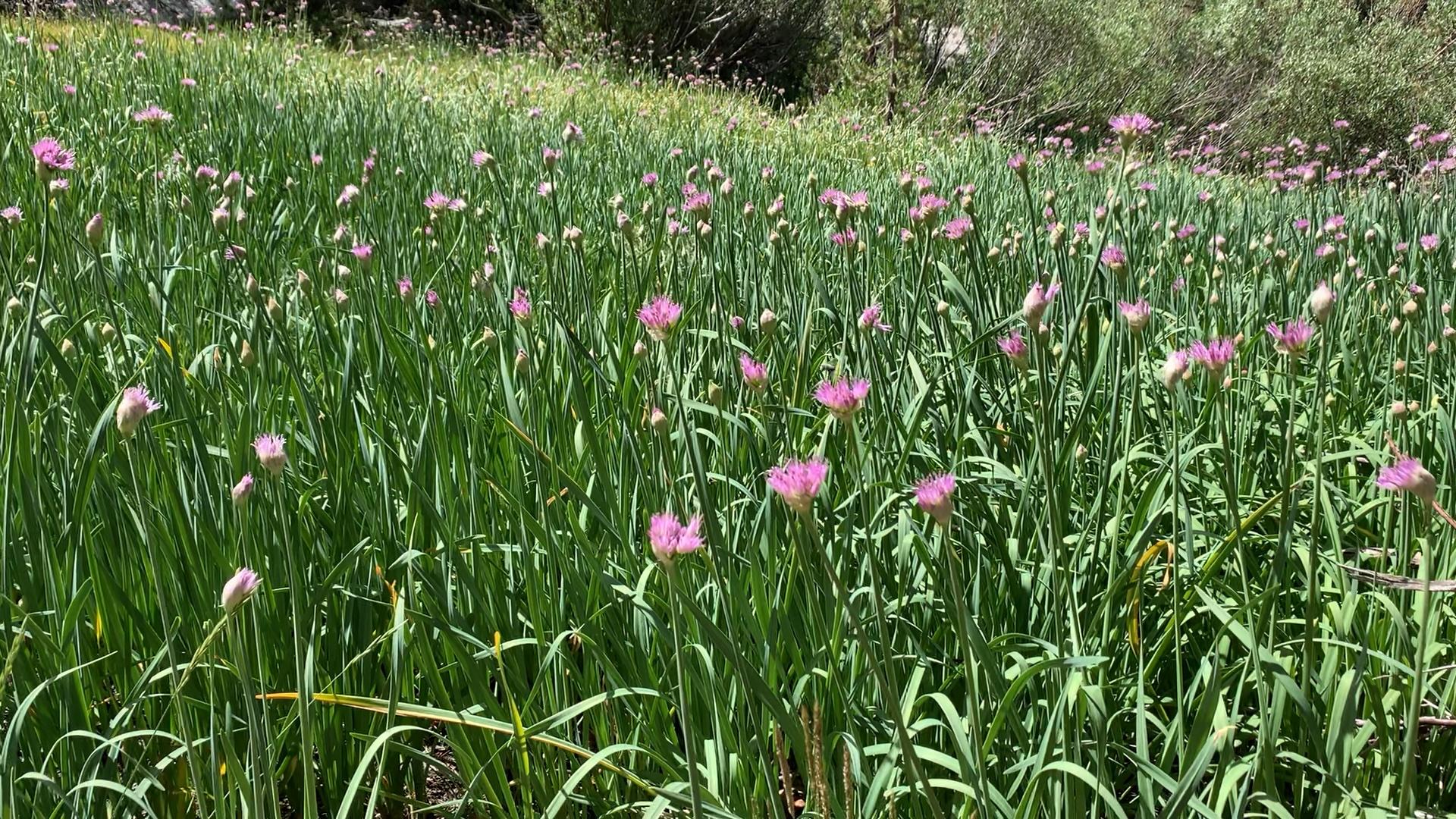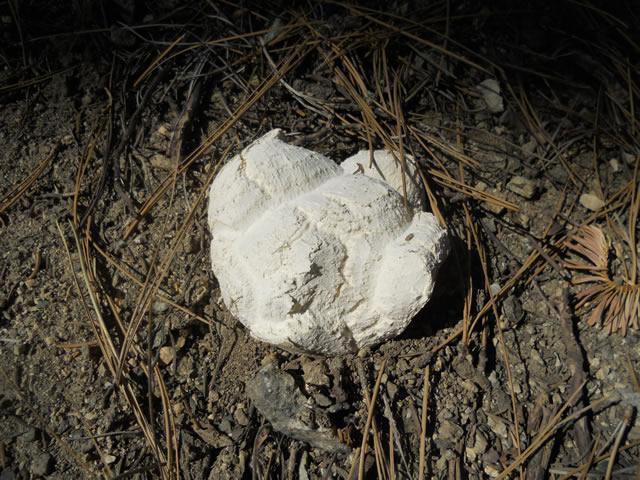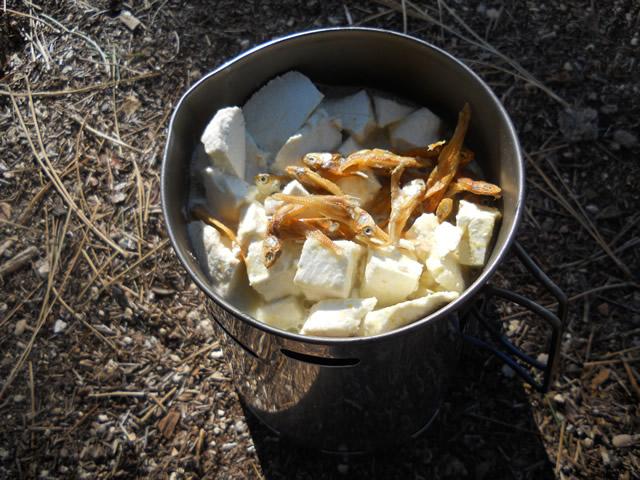Topic
Foraging in the Sierra for wild edibles
Forum Posting
A Membership is required to post in the forums. Login or become a member to post in the member forums!
Home › Forums › General Forums › Food, Hydration, and Nutrition › Foraging in the Sierra for wild edibles
- This topic has 12 replies, 10 voices, and was last updated 10 months, 3 weeks ago by
 Tom K.
Tom K.
-
AuthorPosts
-
Mar 30, 2024 at 3:49 pm #3806698
Hello BPL. Long time listener, first time caller here.
I firmly believe that consuming fresh fruits and vegetables is crucial for maintaining good health. However, when you’re several days into a trail journey, obtaining fresh produce becomes challenging. While freeze-dried vegetables suffice to an extent, there’s an almost magical nutritional quality to fresh fruits and veggies that I find unmatched. This led me to ponder…
Are there any readily available greens I could incorporate into my meals to capture that fresh vegetable essence? My hiking ventures primarily take me through the Sierra, prompting my curiosity about local options. I’ve heard mentions of people stumbling upon wild onions, but that seems to be the extent of it. To be clear. I’m not trying to increase my caloric intake in any meaningful way by eating plants I find but rather trying to supplement what I already eat by adding fresh plants into my diet.
Does anyone out there have experience foraging for food in the Sierra during backpacking trips?
-Bern
Mar 30, 2024 at 4:23 pm #3806699I don’t forage but have heard about Miner’s Lettuce
https://sierrafoothillgarden.com/2011/05/11/enough-miners-lettuce-for-a-salad/
Mar 30, 2024 at 5:53 pm #3806704Nettles. seriously, folks say you can boil them. I won’t! and anyway I never run into them at the altitudes I hike in in the Sierra.
Frankly I wonder if there are any wild vegetables growing above, say, 7,000 feet in the Sierra that are worth the effort collecting and cooking. I may be wrong!!! someone might come along and correct me here. It’s not something I’ve paid attention to.
Mar 30, 2024 at 7:47 pm #3806711There are a lot of wild onions and occasionally you may come upon a giant puffball mushroom.
The onions like to grow on the edges of lakes or streams. There are some small onions that grow in dry, bare soil, too. They will have small pink flowers or no flowers and will smell like onions.

Giant puffball mushrooms are truly giant. They’ll be about as big as a softball or even bigger and have an outer layer that has a geometric pattern on it. If you cut it in half lengthwise you should see only a white mass on the inside, no outline of a mushroom shape. There are no gills. The mushroom is spherical in shape. The mass inside should be pure white. If it’s turning colors it’s too old. To eat you peel off the outer layer (because some people can have a bad reaction to it) and then cut up the inner white mass and fry it up.
Here’s one I found that looks sort of weird.

Here’s the dinner I made with it.

There’s a better picture here. https://www.jungledragon.com/specie/16639/western_giant_puffball.html
Mar 30, 2024 at 8:41 pm #3806714I enjoyed foraged wild onions in McClure Meadow. Delicious with some FD hummus and sunflower kernels on our last tortillas. Probably my favorite backpacking meal ever. 10/10 experience.
Mar 30, 2024 at 8:57 pm #3806715Ate miners lettuce in Southern California and for summer, berries from the mountains of Arizona to those of northern Oregon. Imagine the Sierra will have some in foliage-rich areas.
More fruits that tolerate that cold are agricultural cultivars however (apple, some pear, apricot).
The Superstitions’ Reavis Ranch site in the heights east of Phoenix reportedly still produces apples in the fall (the orchard farmer would take his fruit to sell in Phoenix over what became the trail and road).
Here is an earlier thread on BPL covering this ..
Mar 30, 2024 at 10:05 pm #3806717Wild onions, as mentioned above, are plentiful and delicious if you know where to look for them. Also, red currants and gooseberries in August/September, depending on elevation and sun exposure. Manzanita berries are edible, but not very tasty. Blueberries are fairly common, but tend to be small and a require lot of work to collect any meaningful amount. Wild onions and currants offer the best return for your effort and, after a week or so in God’s country, a pot of currants bathed in brown sugar and Milkman mixed at double strength is a real treat.
Mar 30, 2024 at 11:56 pm #3806718In the Sierra? Gooseberries and currents (same family, essentially the same thing). Miner’s lettuce. Mushrooms of all sorts but only with lots of training and experience.
Blackberries, raspberries and blueberries look like they do anywhere else.
Wild rose hips have lots of vitamins and a not bad taste. Not great and kind of mushy but very high in vitamins. Can be used with other items in an herbal tea as can the newest needles of white or red (but not Douglas) fir or of pine trees.
Clover and dandelions – the youngest leaves – as a salad green. If you have, say, a pouch of tuna on a tortilla or pita bread, add a bunch of greens and wild onions.
In Northern AZ and NM, I’ve often found pinon pine nuts. A few times in far eastern CA. They’re worth the effort to gather. All other pine nuts are edible, but a lot of work and fiber for a bit of nut meat.
Mar 31, 2024 at 6:27 am #3806723Under 5,000’, mustard greens. Cactus. Raspberries. Fiddlehead ferns. Mormon tea. Yucca.
Mar 31, 2024 at 9:46 am #3806732The onions sound delicious and plentiful. I can’t trust myself with mushrooms, which is too bad, since they’re common. Frankly I can’t trust my identification skills with veggies either! The op specified veggetables, so I kept my earlier answer to that. And yes for me, effort collecting most wild foods above 8,000 feet in the Sierra always seemed to great for the return. With the onions, probably not! And others feel differently. I’m a bit lazy.
Apr 1, 2024 at 11:48 am #3807791Wow. Thanks for the tips everyone!
I’ll be eating some onions this summer now that I know where to look (Thanks Diane). The puffball mushrooms sounds pretty great too.
I’ve eaten miners lettuce and nettle before as it’s pretty pleantifull where I live in coastal CA but I’ve never found it in the mountains (but also, never looked).
I picked up a book called Edible and Useful Plants of California by Charlotte Bringle Clarke this weekend. There’s a whole section called foothills and mountains with many edible plants listed. Apparently many flowers are edible too. I don’t know if I completely trust myself to to identify some of these plants yet.
Apr 1, 2024 at 1:03 pm #3807796<p style=”text-align: left;”>We’re not fanatics about this, but we’ve found and eaten Miner’s lettuce, wild onions, red currants, and watercress in the Sierra. Of those, the currants have consistently lacked flavor, but bears like them. 😜</p>
Apr 1, 2024 at 5:07 pm #3807821Observations:
1) On effort, I’d say that effort increases considerably as you gain elevation and the environment becomes less conducive for plants to produce edible parts in sufficient quantity to make foraging worthwhile. Wild onions seem to do best at or below ~10,000′, although I’ve found them occasionally at around 11,000′ in boggy areas. Currants can be quite tasty and juicy when fully ripe. However, as they get past the dead ripe stage, they lose a lot of their flavor. Similarly for when they have not yet reached full ripeness and are unpleasantly tart. Paul’s comment about currants lacking flavor makes me wonder if perhaps he was eating a berry that looks a lot like what many of us call currants, but has no thorns. If so, he is indeed eating a variety of true currants, which have no thorns but are usually relatively flavorless. What I and, I suspect others here, refer to as currants, have thorns, are bright red when ripe, and pleasantly tart; they are technically gooseberries, even though their fruit looks like red currants. There is also a gooseberry in the Sierra that looks like a typical gooseberry and is larger than the red variety, with a purple color when ripe. It is much sweeter. They don’t seem to be nearly as common and I have only found them at lower elevations, like Kern Canyon and on lower sections of the Shepherd Pass trail.
Trout, on the other hand, can be found well above 11,000′ and, to my mind offer a much better return of effort in terms of nutrition. YMMV, as always.
-
AuthorPosts
- You must be logged in to reply to this topic.
Forum Posting
A Membership is required to post in the forums. Login or become a member to post in the member forums!
HAPPENING RIGHT NOW (February 11-21, 2025) - Shop Hyperlite Mountain Gear's Biggest Sale of the Year:
Our Community Posts are Moderated
Backpacking Light community posts are moderated and here to foster helpful and positive discussions about lightweight backpacking. Please be mindful of our values and boundaries and review our Community Guidelines prior to posting.
Get the Newsletter
Gear Research & Discovery Tools
- Browse our curated Gear Shop
- See the latest Gear Deals and Sales
- Our Recommendations
- Search for Gear on Sale with the Gear Finder
- Used Gear Swap
- Member Gear Reviews and BPL Gear Review Articles
- Browse by Gear Type or Brand.






